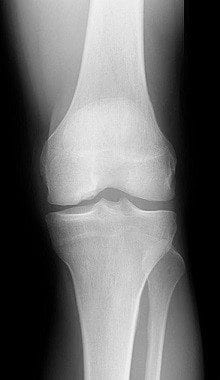
We have two key points/takeaways:
1. Work with your therapist until you achieve greater mobility and strength in the area of injury.
2. If the therapy is not helping you and you are having greater pain, you need to find a different therapist or method of therapy.
Remember, pain meds are not a cure; they only treat the symptom and create dependency issues. Surprisingly, the same may be true for surgery. Current research shows that one of the most common orthopedic procedures for knee injuries has virtually no benefit over a placebo procedure. Patients who were told they had surgery, whereas in fact they only were given an incision, reported identical results as patients who had the full procedure. For both groups, the recovery was temporary, lasting about a year.
Where does this leave patients? Obviously, if you have major fractures and tears that need to be repaired, orthopedic surgery is your only option. Whether you have lost function due to a minor injury or inactivity, or are recovering post-surgery, you need to try active therapy and reduce inflammatory factors.
Active therapy includes stretching, strengthening and using your joints to work towards recovery. Many patients find water therapy beneficial —- you can add strength working in a weightless environment. Pilates and yoga are another option many use to increase strength and flexibility. Yoga has the added benefit of deep relaxation, which also adds in healing.
Weight loss is another key factor. Lower body weight means less joint stress. For an in-depth look at how to achieve permanent weight loss without hunger, please see our information for a better diet here. You will also find information on eliminating inflammatory foods and using fermented foods and ingredients such as turmeric to fight inflammation.
Another diet tool everyone can use is adding in foods that actually help you rebuild damaged tissue. The most important food for this is bone broth. This inexpensive and easy-to-make food is good for the whole family and can be based on any kind of bones including beef, pork, chicken or fish bones. You can make large batches and freeze them in small containers for later use. Using joint bones for broth, including inexpensive chicken wings, releases the biological ingredients you need to rebuild yourself.
Stillman and Friedland know from experience that when you persist in working through your mobility issues, you will give yourself the best chance to make an optimal recovery.
Because we care…






